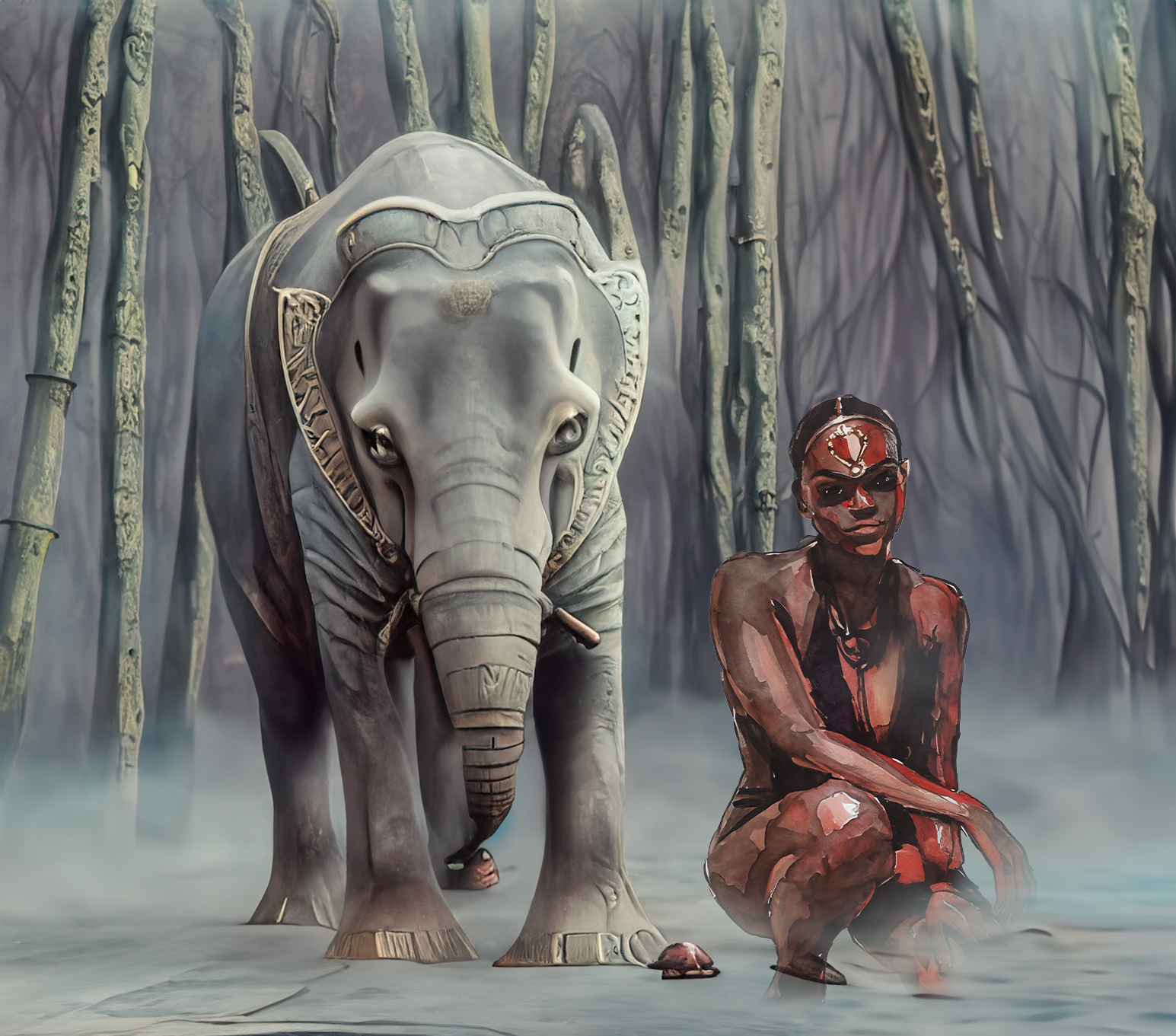Layers and Layers In PhotoShop I try as much as possible to use only my own photos when I’m doing […]
Tag: photoshop
How To Paint In Photoshop
Painting Over Photos In Photoshop There are lots of videos and articles online for using layers and filters to create […]
